I learned that the ACK bit in a TCP packet is set when replying to a message sent by the peer, meaning that "OK, I've received all the packets with their sequence numbers smaller than . Now I'm expecting to receive a packet with its sequence number equal to ". But from my experience, it seems that the ACK bit is always set in almost all the TCP packets, expect the first SYN packet.
My experience goes as follows:
- The server will listen on port
SERVER_SOCK(which is 32413). - The client will connect to the server.
- The server will send a message ("hello") to the client.
- The client reads the message, and then I press enter to close the client.
- I press enter to close the server.
The C code for my experience are listed as follows:
Client
#include <stdio.h>
#include <unistd.h>
#include <sys/socket.h>
#include <arpa/inet.h>
#define SERVER_SOCK 32413
int main() {
// Create socket
int sock = socket(AF_INET, SOCK_STREAM, 0);
// Connect to server
struct sockaddr_in server_addr;
server_addr.sin_family = AF_INET;
server_addr.sin_addr.s_addr = inet_addr("127.0.0.1");
server_addr.sin_port = htons(SERVER_SOCK);
connect(sock, (struct sockaddr*) &server_addr, sizeof(server_addr));
printf("Connected\n");
// Read message from server
char msg[32] = {0};
read(sock, msg, 32);
printf("%s\n", msg);
printf("Press ENTER to call close()");
getchar();
close(sock);
return 0;
}
Server
#include <stdio.h>
#include <unistd.h>
#include <sys/socket.h>
#include <arpa/inet.h>
#define SERVER_SOCK 32413
#define LISTEN_BACKLOG 3
int main() {
int server_sock, client_sock;
struct sockaddr_in server_addr, client_addr;
socklen_t client_len = sizeof(client_addr);
// Create socket
server_sock = socket(AF_INET, SOCK_STREAM, 0);
// Set address and port
server_addr.sin_family = AF_INET;
server_addr.sin_addr.s_addr = INADDR_ANY;
server_addr.sin_port = htons(SERVER_SOCK);
// Bind to port and begin listening
bind(server_sock, (struct sockaddr*) &server_addr, sizeof(server_addr));
listen(server_sock, LISTEN_BACKLOG);
printf("Server is listening\n");
// Accept client socket
client_sock = accept(server_sock, (struct sockaddr*) &client_addr, &client_len);
printf("Connection accepted\n");
// Send message to client
send(client_sock, "hello", 5, 0);
printf("Press enter to call close()");
getchar();
close(client_sock);
close(server_sock);
return 0;
}
I use wireshark to capture the packets, and the result is shown as follows:
As you can see, every packet except the first one has their ACK bits set. So why? What are the packets #4, #6 and #8 acknowledging to?
